#Harvard library
Explore tagged Tumblr posts
Text

Today is National Sewing Machine Day! This photograph shows a Singer sewing machine salesman demonstrating how the machine works. The Singer treadle sewing machine had a cast iron base and treadle. The machine also folded down into a cabinet.
Stephen Dingilian (left), a Singer sewing machine salesman. Sirvi-HIssar. photographs c. 1899 Armenian Repository: Project SAVE Armenian Photograph Archives, Watertown, Middlesex, Massachusetts, United States HOLLIS number: 8000903763
This image is part of FAL’s Digital Images and Slides Collection (DISC), a collection of images digitized from secondary sources for use in teaching and learning. FAL does not own the original artworks represented in this collection, but you can find more information at HOLLIS Images (link in bio).
#NationalSewingmachineday#Sewingmachine#photography#vintagephotography#Singersewingmachine#HarvardFineArtsLibrary#Fineartslibrary#Harvard#HarvardLibrary#digitalimages#harvard library#harvardfineartslib
548 notes
·
View notes
Text
An hypothesis which may help to unfold the mystery of Ezekiel's visions; accounting for the form and number of the four creatures, why different from those in the Apocalypse, why they are seen to issue out of the cloud, the reason why wheels were introduced, why they work as a wheel within a wheel, with many particulars unexplained before.
Description
Tools
Cite this
Main AuthorPark, I. R.Language(s)English PublishedLondon, J. Nisbet and Co., 1842. SubjectsEzekiel > Ezekiel / (Biblical prophet) Ezekiel > Ezekiel / (Biblical prophet) > Ezekiel / (Biblical prophet) / Prophecies. Criticism, interpretation, etc. Prophecies
APA Citation
Park, I. R. (1842). An hypothesis which may help to unfold the mystery of Ezekiel's visions: accounting for the form and number of the four creatures, why different from those in the Apocalypse, why they are seen to issue out of the cloud, the reason why wheels were introduced, why they work as a wheel within a wheel, with many particulars unexplained before. London: J. Nisbet and Co..
#hathitrust#ezekiel#the phrophecy#Bible#history#bible as literature#prophet#prophecies#harvard library
2 notes
·
View notes
Text

Harvard Library | The Procession of the Months by Beatrice Crane
2 notes
·
View notes
Text
Content Warning: The Smithsonian Magazine article contains minor details regarding the deceased individual's skin that may distress certain readers. I have tried to avoid anything I deemed unnecessary in the extracts I have chosen to replicate.
Note: I'll definitely need to revisit this when I have more time to investigate the details. I can't find an English translation of the book in question. I'm curious, though, as Harvard Library describes it as 'a meditation on the soul and life after death'.
anthropodermic bibliopegy - the practice of creating book bindings from human skin.
Note: The article briefly explains some background information on this practice. I have not copied any of that for this blog post, so if you are curious then be sure to click the link for the full write-up.
Author: Sarah Kuta Publication: Smithsonian Magazine Timestamp: April 16, 2024
Extract:
Des Destinées de L’Âme, or Destinies of the Soul [was] written by French author Arsène Houssaye in 1879. [A Harvard alum] John B. Stetson Jr. lent it to the university in 1934, and [...] his widow officially donated it in 1954.
[The book's] original owner was Ludovic Bouland, a French physician who received the book directly from the author. Bouland bound the book with human skin taken, without consent, from the body of a woman who died at a French psychiatric hospital where he worked, according to [Harvard University].
[...]
Harvard—and many other institutions, including the Smithsonian—have been reviewing their collections amid a growing outcry about their possession and treatment of human remains.
[...]
“The core problem with the volume’s creation was a doctor who didn’t see a whole person in front of him and carried out an odious act of removing a piece of skin from a deceased patient, almost certainly without consent, and used it in a book binding that has been handled by many for more than a century,” says [Tom] Hyry [Associate University Librarian for Archives and Special Collections].
/end of extract
Extract from Harvard Library's statement (bold in the second paragraph is from the original text):
The removal of the human skin from Des destinées de l’âme follows a review by Houghton Library of the book’s stewardship, prompted by the recommendations of the Report of the Harvard University Steering Committee on Human Remains in University Museum Collections issued in fall 2022.
[...]
[...] In 2014, following the scientific analysis that confirmed the book to be bound in human skin, the library published posts on the Houghton blog that utilized a sensationalistic, morbid, and humorous tone that fueled similar international media coverage.
Harvard Library acknowledges past failures in its stewardship of the book that further objectified and compromised the dignity of the human being whose remains were used for its binding. We apologize to those adversely affected by these actions.
/end of extract
Extracts from Harvard Library's 'Ask a Librarian' entry regarding Des destinées de l’âme:
A handwritten note by Bouland inserted into the volume states that “a book about the human soul deserved to have a human covering.”
[...]
A memo accompanying the book written by John Stetson, which has since been lost, [the] skin [belonged to] an unknown deceased woman patient from a French psychiatric hospital.
[...]
The human remains will be given a respectful disposition that seeks to restore dignity to the woman whose skin was used. The Library is now in the process of conducting additional biographical and provenance research into the anonymous female patient, the book, and Bouland, as well as consulting with proper authorities in France and at the University to help determine how best to carry this out. We expect this process to take months, and perhaps longer, to come to completion.
/end of extract

Harvard Library

Ludovic Bouland - Carlos Garcia Pozo, El Mundo

Arsène Houssaye - Getty Images

John B. Stetson Jr. - Wikidpedia
#anthropodermic bibliopegy#ethics#human skin#Harvard#Harvard Library#Houghton Library#Smithsonian#to investigate later#Report of the Harvard University Steering Committee on Human Remains in University Museum Collections#human remains#museum ethics#library ethics#stewardship practices#ethical standards#official statement#academic discourse#Arsène Houssaye#Des destinées de l'âme#desecration#human dignity#late 19th century#Des Destinées de L’Âme#Destinies of the Soul#historical malpractice#archives and special collections#medical history
0 notes
Text
Bibliomania Day (Mar 20)
Bibliomania, the love of books and everything to do with them, is being celebrated today. March 20th is for book lovers, book nerds, bookworms, book dragons, book hoarders, collectors, and the likes. I’ve been thinking about bibliomania, and what it means to be a bibliophile. The many names that a book lover goes by, whether the bibliophile reputation has remained, how much social media has…
View On WordPress
#bibliokleptomania#bibliomania#bibliomaniac#Bibliophile#Bibliophiles#Blog#Book Collections#Book Collectors#book dragon#Book lover#Book nerd#Book worm#Books#Books Books Books#Fiction#Harvard Library#History#Literary#Literary Blog#Literary Day#Literature#Nonfiction#Reading
0 notes
Text
Hey not so fun fact
Did you know there's a human flesh bound book in the Harvard library. Yeah, that's a thing. Its about meditation, the soul, and life after death.
#anthropodermic bibliopegy#Harvard#Harvard library#so the guy who did this said “A book about the human soul deserves to have a human covering”#I think that's fucked up#The skin was taken from an unclaimed female patient who died of natural causes#And apparently this practice of using human flesh to bound books dates back to the 16th century#Criminals sentenced to death would have their body donated to science and their skin donated to book founders
0 notes
Text












Typography Tuesday
GIOVANNI BAPTISTA VERINI
Sometime between 1526 and 1527, Italian calligrapher and writer Giovanni Baptista Verini published his noted 4-part handwriting manual, Liber Elementorum Litterarum, probably at Toscolano on Lake Garda. This very rare book stands between the great manuals of Albrecht Dürer's Four Books on Measurement (1525) and Geoffroy Tory's Champfleury (1529).
The images shown here are from a 1947 printing of the third part of Varini's manual, published as Luminario or the Third Chapter of the Liber Elementorum Litterarum on the Construction of Roman Capitals, with an English translation by English librarian and typography expert Alfred F. Johnson (1884-1972) and an introduction by the master type historian and designer Stanley Morison (1889-1967). It was published in Cambridge by Harvard College Library and in Chicago by the Newberry Library, and printed in London by the Office of The Times in an edition of 510 copies.
Next to nothing is known about Verini himself. In his introduction, Morison writes:
The meagre details concerning the career of Giovanni Baptista Verini provide material for few positive statements. He was young, he was a citizen of Florence, . . . and a bookseller there. . . . If Verini's "Luminario" . . . was not reprinted, if was a disappointment he was prepared for, as witness the text he chose to place on the title page of part three, here reprinted after four hundred and score years: OMNIA LABUNTUR SED VIRTUS SOLA VIRESCIT [Everything slips away, but only virtue remains verdant].

View a post on Albrecht Dürer's manual.
View a post on Geoffroy Tory's Champfleury.
View more Typography Tuesday posts.
#Typography Tuesday#typetuesday#Giovanni Baptista Verini#Liber Elementorum Litterarum#lettering manuals#writing manuals#Alfred F. Johnson#Stanley Morison#Harvard College Library#Newberry Library#The Times#The Times of London#Roman letters#Roman capitals#16th century type
426 notes
·
View notes
Text
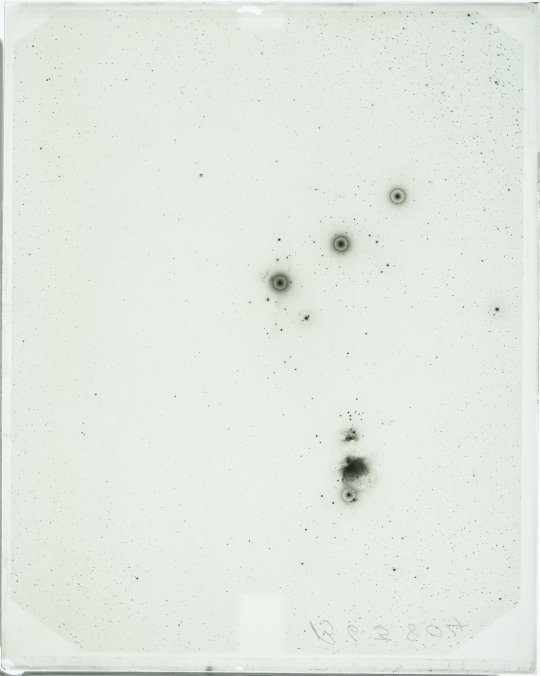
plate B2312 (1888) showing Orion's belt and the horsehead nebula. Harvard College Observatory's Astronomical Photographic Glass Plate Collection
#Orion#astrophotography#astronomy#Harvard Plate Stacks#Wolbach Library#Harvard College Observatory's Astronomical Photographic Glass Plate Collection#Glass Plates
217 notes
·
View notes
Text



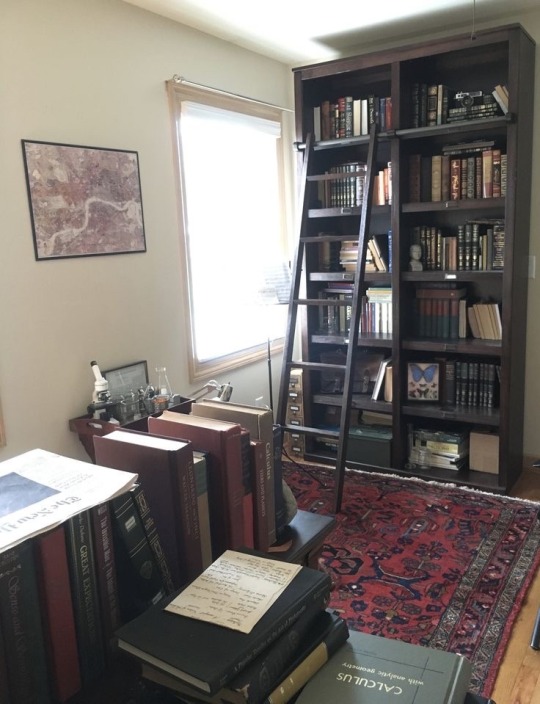
#aesthetic#chaotic academia#classic academia#dark academia#dark academia aesthetic#university#classic literature#books and libraries#books and coffee#books and literature#uni life#campus#literature#Oxford#Harvard
593 notes
·
View notes
Text
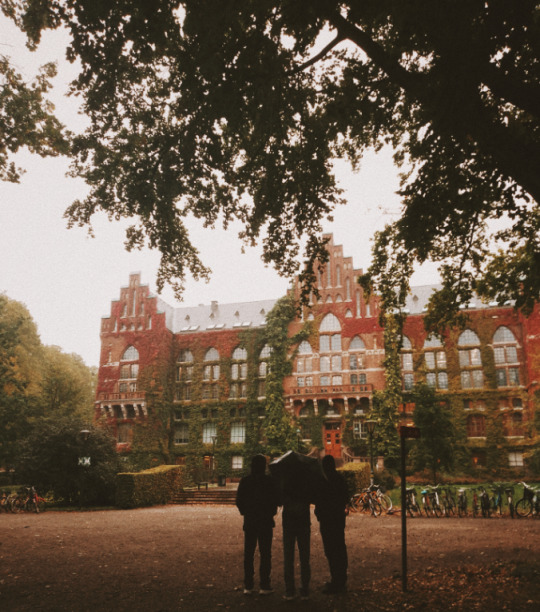
Lund University, Sweden, 2023
#dark academia#dark academism#dark academia aesthetic#books and libraries#quote#life quotes#grey academia#academia#harvard#oxford#lund#lunduniversity#universitylife#university#sweden#norway#skam#brown#cambridge#the secret history#if we were villains#light academia#light acadamia aesthetic#dead poet society
267 notes
·
View notes
Text






With Honors (1994), dir. Alex Keshishian
#with honors 1994#brendan fraser#joe pesci#moira kelly#patrick dempsey#90s films#90s nostalgia#90s aesthetic#soft academia#harvard#cozy aesthetic#library aesthetic#my edits#cinematography#friendship#cw smoking
40 notes
·
View notes
Text
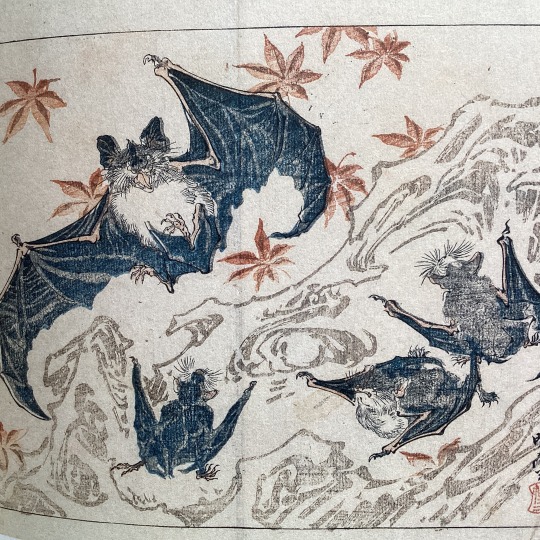
Happy International Bat Appreciation Day!
Did you know that bats are the only mammals capable of true and sustained flight? Their hand-like wings are formed from four elongated “fingers” covered by a cutaneous membrane. Pretty amazing!
Image: Bat with Young, 1881. Kyōsai Kawanabe (1831 – 1889) Plate from the illustrated book Kyōsai rankuga (Kyōsai’s Drawings for Pleasure)
Kyōsai's animal circus : from the Israel Goldman Collection Sadamura, Koto, 1982- [author] London : Royal Academy of Arts, 2022. English 河鍋暁斎, -- 1831-1889 -- Exhibitions. Kawanabe, Kyōsai, 1831-1889 -- Exhibitions HOLLIS number: 99156378937403941
#Japaneseartist#KyosaiKawanabe#河��暁斎#Woodblockprint#animalsinart#Kyosai#bat#Internationalbatappreciationday#HarvardFineArtsLibrary#Fineartslibrary#Harvard#HarvardLibrary#harvardfineartslibrary#fineartslibrary#harvard#harvard library#harvardfineartslib#harvardlibrary
317 notes
·
View notes
Text
Some account of the life and works of Hans Holbein, painter, of Augsburg, with numerous illustrations, by Ralph Nicholson Wornum ...
Description
Tools
Cite this
Main AuthorWornum, Ralph Nicholson, 1812-1877Language(s)English PublishedLondon, Chapman and Hall, 1867. SubjectsHolbein, Hans, > Holbein, Hans, / 1497?-1543 Photographically illustrated books. Biographies. albumen prints. Physical Description3 p. ℓ., [3]-426 p. front., illus., plates, ports. 27 cm.
APA Citation
Wornum, R. Nicholson. (1867). Some account of the life and works of Hans Holbein: painter, of Augsburg, with numerous illustrations. London: Chapman and Hall.
2 notes
·
View notes
Photo

The Harry Elkins Widener Memorial Library is Harvard University 's flagship library. Built with a gift from Eleanor Elkins Widener, it is a memorial to her son, Harry, Class of 1907, an enthusiastic young bibliophile who perished aboard the Titanic. It had been Harry's plan to donate his personal collection to the University once it provided a suitable alternative to the outdated and inadequate library then located in Gore Hall. Mrs. Widener fulfilled her son's dream by building a facility of monumental proportions, with over 50 miles of shelves and the capacity to hold over three million volumes.
372 notes
·
View notes
Text
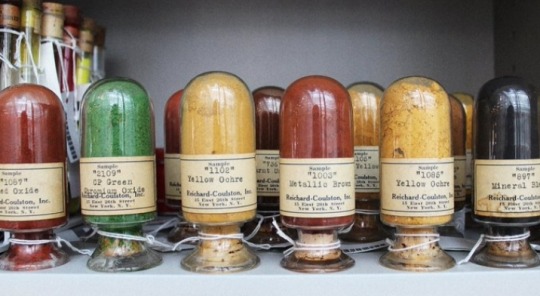
Harvard University has a library that protects the rarest colors in the world.
The Straus Center for Conservation and Technical Studies houses the Forbes Pigment Collection, which contains more than 2,500 samples of pigments, some incredibly rare and harvested from things like mummies, heavy metals, poisons, and precious minerals.
The collection was amassed by Edward Waldo Forbes (1873-1969), who directed Harvard's Fogg Museum, between 1910 and 1944.
Forbes is considered the Father of Art Conservation in the United States and spent most of his life traveling the world to collect various pigments that he used to authenticate classical Italian paintings.
The pigments are still used by art experts to authenticate and understand paintings.
#Harvard University#Straus Center for Conservation and Technical Studies#Forbes Pigment Collection#colors#pigments#Edward Forbes#Fogg Museum#Father of Art Conservation#art conservation#art#art experts#paintings#library
128 notes
·
View notes
Text
Léon Bakst
1866–1924
Costume design for a nymph in The Afternoon of a Faun (L’Après-midi d’un Faune), 1912
Watercolor, pencil, and gold paint on paper
Harvard Theatre Collection, Houghton Library, Howard D. Rothschild Collection; pfMS Thr 41.4 (5)

#léon bakst#1866–1924#Costume design for a nymph in The Afternoon of a Faun#L’Après-midi d’un Faune#1912#Watercolor#pencil#and gold#paint on paper#Harvard Theatre Collection#Houghton Library#Howard D. Rothschild Collection#pfMS Thr 41.4 (5)#artist painter#original art#art#art work#art style#ilustration painter#art colors#naturalist painter#watercolor colors#oil on panel#woodblock print#woman’s art#frank murdoff#ooctoopussy#xpuigc#xpuigc bloc
13 notes
·
View notes